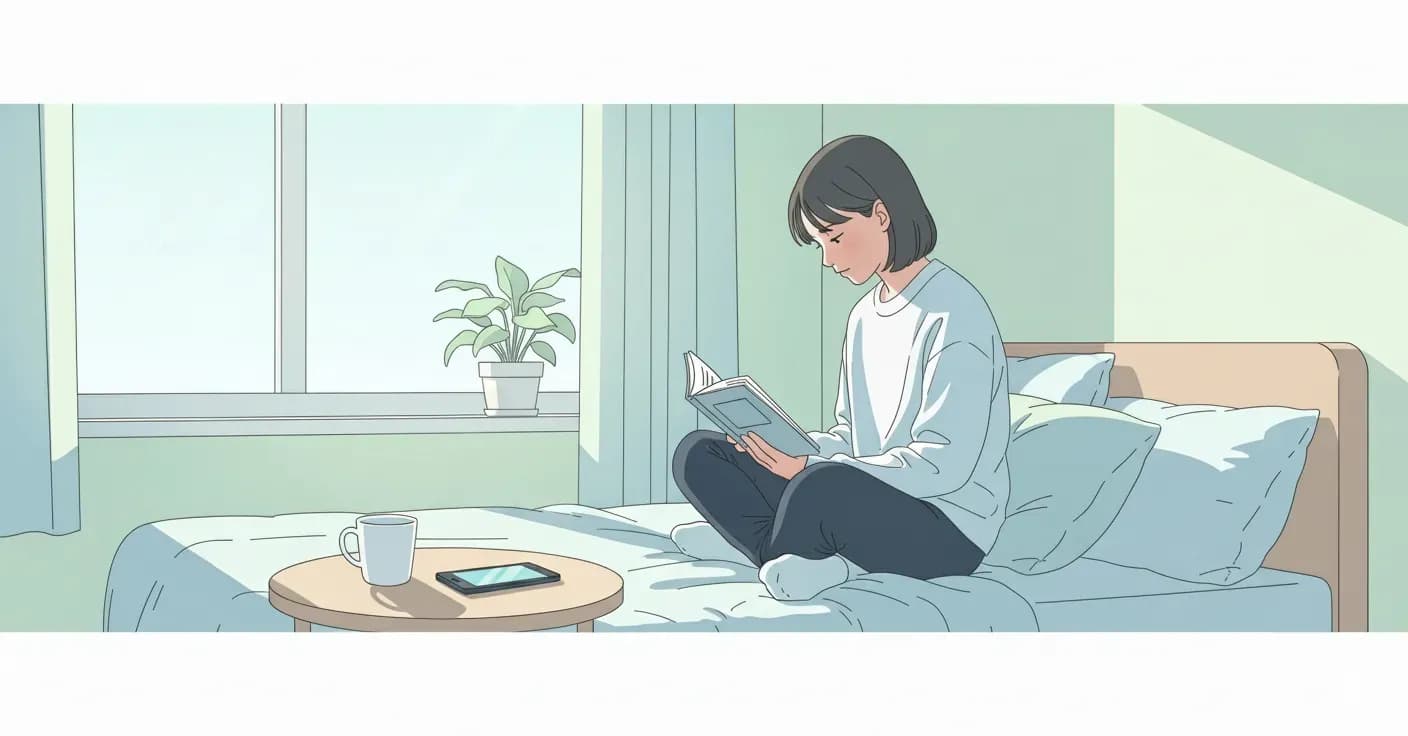Digital Detox: Why Taking a Break from Doomscrolling Can Reset Your Mind

It usually starts innocently. You pick up your phone to quickly check the news, maybe glance at Twitter or Instagram before bed. Suddenly, it’s midnight and you’ve scrolled through endless updates about political scandals, natural disasters, celebrity drama, and someone’s opinion on why the world is going downhill. You put your phone down feeling more drained, anxious, and restless than when you picked it up.
That’s doomscrolling – the modern habit of endlessly consuming negative or overwhelming online content. And though it feels like you’re staying informed, what it often does is quietly chip away at your peace of mind.
But here’s the good news: taking even small breaks from this cycle – what many call a digital detox – can reset your brain, calm your thoughts, and give you back a sense of control.
Why Our Brains Love Doomscrolling (Even When It Hurts Us)
Think about how hard it is to stop scrolling when you’re caught in a thread of bad news. That’s not just lack of willpower it’s psychology.
Our brains are wired with something called the negativity bias: we pay more attention to negative information because, evolutionarily, it helped us survive. Missing bad news about a predator or danger could be fatal. Today, instead of lions, we’re scanning for the latest “bad news” on our phones.
- A 2020 study published in Technology, Mind, and Behavior found that excessive consumption of negative online news was strongly linked to higher levels of stress and anxiety.
- Another report from the Pew Research Center showed that nearly two-thirds of adults feel worn out by the sheer amount of news they consume.
So, if you feel mentally exhausted after scrolling, it’s not just you. It’s biology and design. Social media platforms are built to keep us hooked.
Real Life: How Doomscrolling Shows Up in Daily Routines
- Morning drag: Instead of starting the day fresh, you wake up, open your phone, and within five minutes you’re stressed about global events you can’t control.
- Work distraction: A “quick peek” at headlines between tasks turns into a half-hour spiral, leaving you scrambling to catch up.
- Bedtime blues: Instead of winding down, your brain is filled with distressing updates, making it harder to sleep.
Sound familiar? Most of us have lived at least one of these scenarios. And each time, we trade our peace of mind for information overload.
What a Digital Detox Really Means (And What It Doesn’t)
The phrase “digital detox” can sound intimidating — like you have to throw your phone in a drawer for a month and move to the mountains. But it doesn’t have to be that extreme.
A detox simply means creating intentional breaks from consuming negative or endless digital content. It’s less about giving up technology, and more about using it on your terms.
Some examples:
- Turning off push notifications for news apps.
- Setting a no-phone rule for the first 30 minutes after waking up.
- Replacing late-night scrolling with reading, journaling, or even a calming podcast.
- Using apps like Forest or Freedom that lock you out of distracting platforms for chunks of time.
The Science of Taking a Break
Even short breaks from constant scrolling can rewire how your brain and body respond.
- Lower stress: Research in the Journal of Social and Clinical Psychology found that limiting social media use to 30 minutes a day led to significant reductions in anxiety, loneliness, and depression.
- Better sleep: A study from the University of Pittsburgh showed that heavy social media users were more likely to struggle with sleep problems, while those who reduced usage improved their rest quality.
- Improved focus: When you’re not constantly checking updates, your attention span actually strengthens. Think about how much easier it is to get into “flow mode” when you’re not tempted by notifications.
Real People, Real Results
- Priya, a 25-year-old student preparing for her exams, realized that her “five-minute breaks” on Twitter often turned into 40-minute sessions of scrolling through upsetting news. By uninstalling Twitter for just two weeks, she noticed she was calmer, slept better, and the best part actually retained more of what she studied.
- Rajesh, a working professional, felt constantly tense from reading financial doom headlines before bed. He swapped his pre-sleep scroll with a 10-minute meditation. Within a month, he reported feeling more rested and less on edge about things outside his control.
These aren’t extraordinary transformations. They’re small, realistic shifts anyone can make.
How You Can Start Your Own Mini Detox
If you’re curious about trying a digital detox, start small. Here are three simple steps you can try today:
- Create “no-scroll zones” – Pick one time of day (morning coffee, meals, or bedtime) where your phone stays out of reach.
- Swap the habit – If your fingers itch to scroll, replace it with something simple: a short walk, doodling, or even staring out the window.
- Be intentional – Ask yourself, “Am I checking my phone because I need information, or because I’m bored?” That little pause makes a big difference.
Final Thoughts: Resetting Your Mind
We live in a world where bad news travels faster than ever, and our brains weren’t built to process so much of it in real time. Doomscrolling may make us feel connected, but it often leaves us powerless and drained.
A digital detox even if it’s just for a few minutes a day gives your mind space to breathe. It’s not about ignoring reality, but about choosing when and how to engage with it.
The world will still be there when you check back. But you’ll return to it calmer, clearer, and more in control.
So tonight, maybe put your phone down a little earlier. Your brain will thank you in the morning.